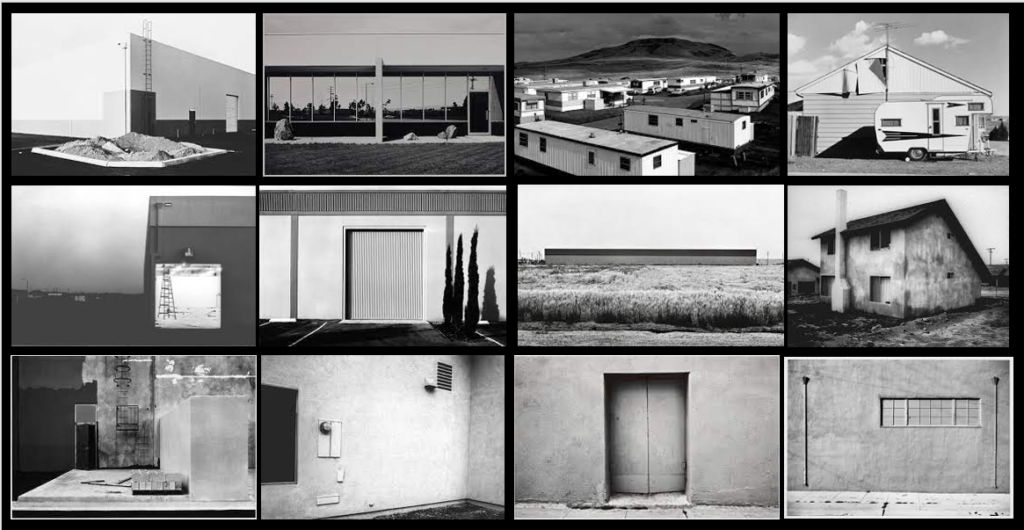New Topographics was a term created by William Jenkins in 1975 to describe a group of American photographers (such as Robert Adams and Lewis Baltz) whose pictures had a similar aesthetic, in that they were formal, mostly black and white prints of the urban landscape.
The death of the American dream
The American Dream is the national ethos of the United States, that every person has the freedom and opportunity to succeed and attain a better life. The phrase was popularised by James Truslow Adams during the Great Depression in 1931
“that dream of a land in which life should be better and richer and fuller for everyone, with opportunity for each according to ability or achievement.”
James Truslow Adams
photographers like Robert Adams and Lewis Baltz believed that the mindset of a constantly evolving society was wrong and that nature should be preserved, they were considered environmentalists.
Ansel Adams was also considered an environmentalist however he choose to express this through capturing nature at its best , unimpacted by the developing world around in an effort to convince the general public to slow down the rapid urbanisation of the environment, Robert Adams and Lewis Baltz chose a different approach.
Instead opting to capture the ways in which a modern society impacts nature, photographing buildings trailers and overall the unattractiveness of modern development, this was in hopes if the community became aware of the deteriorating wildlife surrounding there suburban living and outrage would rise.

Lewis Baltz was a American visual artist, photographer and teacher that was an influential figure in the new Topographics movement in the late 1970s. he was based in Europe but travelled extensively using a dead pan approach to photograph urban landscapes across the world, he typically used mundane lighting to create his greyscale photographs.
